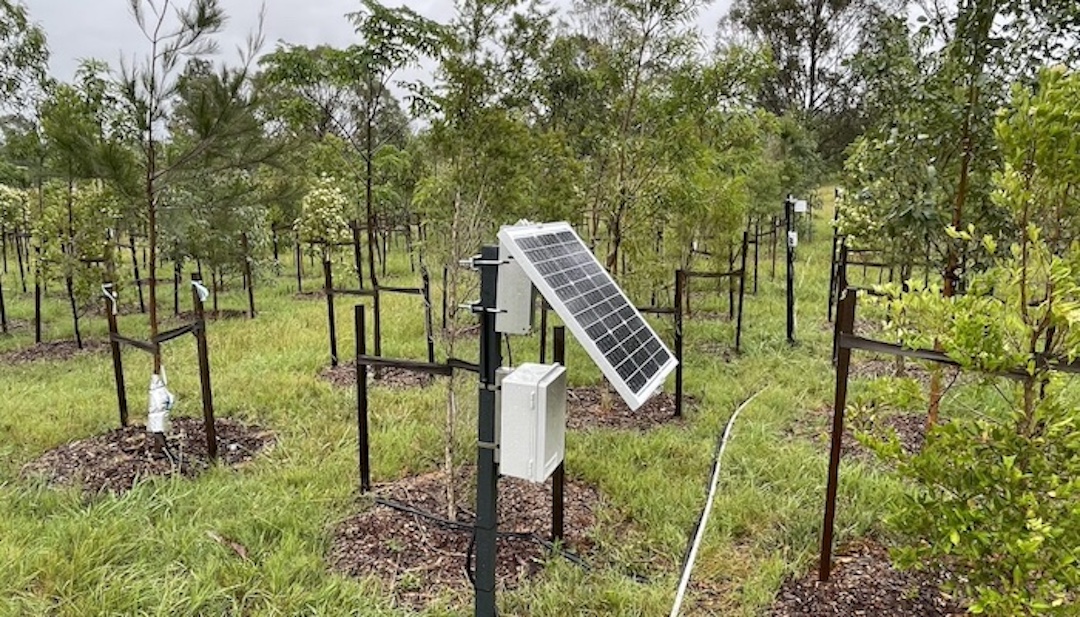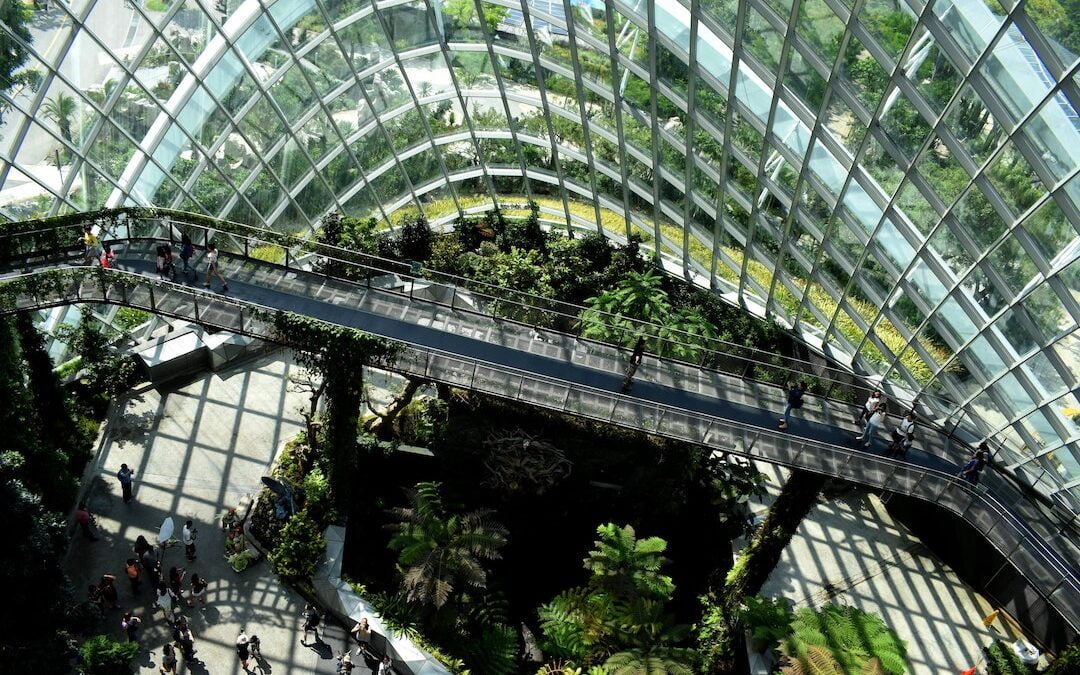In the quest for sustainability and environmental preservation, innovative solutions in renewable energy and sustainable practices are becoming increasingly significant.
From bioplastics aiming to replace conventional plastics to the potential of green hydrogen in revolutionising the energy sector, these developments showcase a concerted effort to mitigate environmental impacts. Additionally, the utilisation of graphene in recycling concrete points to a promising direction in reducing construction-related carbon emissions. These sustainable initiatives can help Australia reach net zero emissions by 2050. To read more about Australia’s net zero emission goal click here.

Bioplastics: A sustainable alternative
Bioplastics, derived from renewable resources like corn and sugarcane, present a more environmentally friendly option compared to traditional plastics. Despite challenges in disposal and recognition, their capacity to reduce fossil fuel use and carbon footprint makes them a crucial step towards sustainable packaging.
To read more about the benefits and challenges of bioplastics, as well as their role in reducing the environmental impact of traditional plastics, click here.

The sensor system at Western City Parklands Arboretum delivers real-time data on soil moisture, salinity, air temperature and humidity.
Water recycling in Sydney
The Western City Parklands Arboretum project explores the use of recycled water for urban green spaces, aiming to enhance livability and sustainability in Sydney’s western suburbs. This initiative addresses the dual challenges of climate change and urban heat islands, demonstrating the potential of recycled water in improving city environments.
For an in-depth look at Sydney’s water recycling efforts and their potential to transform urban green spaces and reduce urban heat, click here.

The role of green hydrogen
Green hydrogen, produced through renewable energy-powered electrolysis, offers a clean alternative to diesel fuel and conventional ammonia production. It holds promise for various applications, including fuel for transportation and green manufacturing processes, significantly reducing carbon emissions.
To explore the possibilities of green hydrogen as a clean energy source and its potential to replace diesel fuel, click here.
Combating the illegal fishing of sea cucumbers
The illegal fishing of sea cucumbers in northern Australia threatens marine biodiversity and ecosystem health. Highlighting the need for conservative management and protection measures, this issue underscores the importance of sustainable fishing practices for the environment.
For detailed information on the environmental impact of illegal sea cucumber fishing and the importance of sustainable practices, click here.
Expanding green hydrogen applications
Green hydrogen’s potential extends beyond fuel to include the production of green steel, ammonia, and cement. By leveraging Australia’s renewable energy resources, green hydrogen can significantly contribute to reducing global carbon emissions and fostering economic growth.
To learn more about the applications of green hydrogen in creating environmentally friendly industrial materials and its impact on reducing emissions, click here.

Graphene-enhanced concrete recycling
A collaborative study by Flinders University and the University of Melbourne reveals that adding graphene to recycled concrete can improve its strength and durability. This innovation addresses the environmental impact of concrete production and waste, offering a path towards more sustainable construction practices.
For insights into how graphene can improve the recyclability of concrete and contribute to reducing construction-related emissions, click here.
These articles not only highlight the importance of technological advancements in achieving environmental goals but also reflect a growing commitment to sustainability across various sectors. From reducing plastic pollution and conserving water to embracing clean energy and sustainable materials, these efforts are pivotal in shaping a more sustainable and environmentally conscious future.
To read more stories about the environment and other sustainable practices click here.

